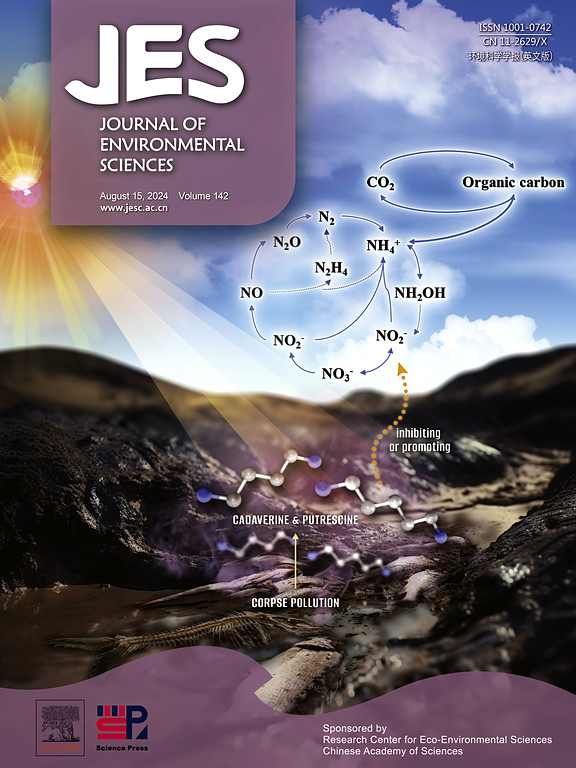This study aims to comprehensively analyze the Greenhouse Gases (GHGs) emissions from current sewage sludge treatment and disposal technologies (building material, landfill, land spreading, anaerobic digestion, and thermochemical processes) based on the database of Science Citation Index (SCI) and Social Science Citation Index (SSCI) from 1998 to 2020. The general patterns, spatial distribution, and hotspots were provided by bibliometric analysis. A comparative quantitative analysis based on life cycle assessment (LCA) put forward the current emission situation and the key influencing factors of different technologies. The effective GHG emissions reduction methods were proposed to mitigate climate change. Results showed that incineration or building materials manufacturing of highly dewatered sludge, and land spreading after anaerobic digestion have the best GHG emissions reduction benefits. Biological treatment technologies and thermochemical processes have great potential for reducing GHGs. Enhancement of pretreatment effect, co-digestion, and new technologies (e.g., injection of carbon dioxide, directional acidification) are major approaches to facilitate substitution emissions in sludge anaerobic digestion. The relationship between the quality and efficiency of secondary energy in thermochemical process and GHGs emission still needs further study. Solid sludge products generated by bio-stabilization or thermochemical processes are considered to have a certain carbon sequestration value and can improve the soil environment to control GHG emissions. The findings are useful for future development and processes selection of sludge treatment and disposal facing carbon footprint reduction.


